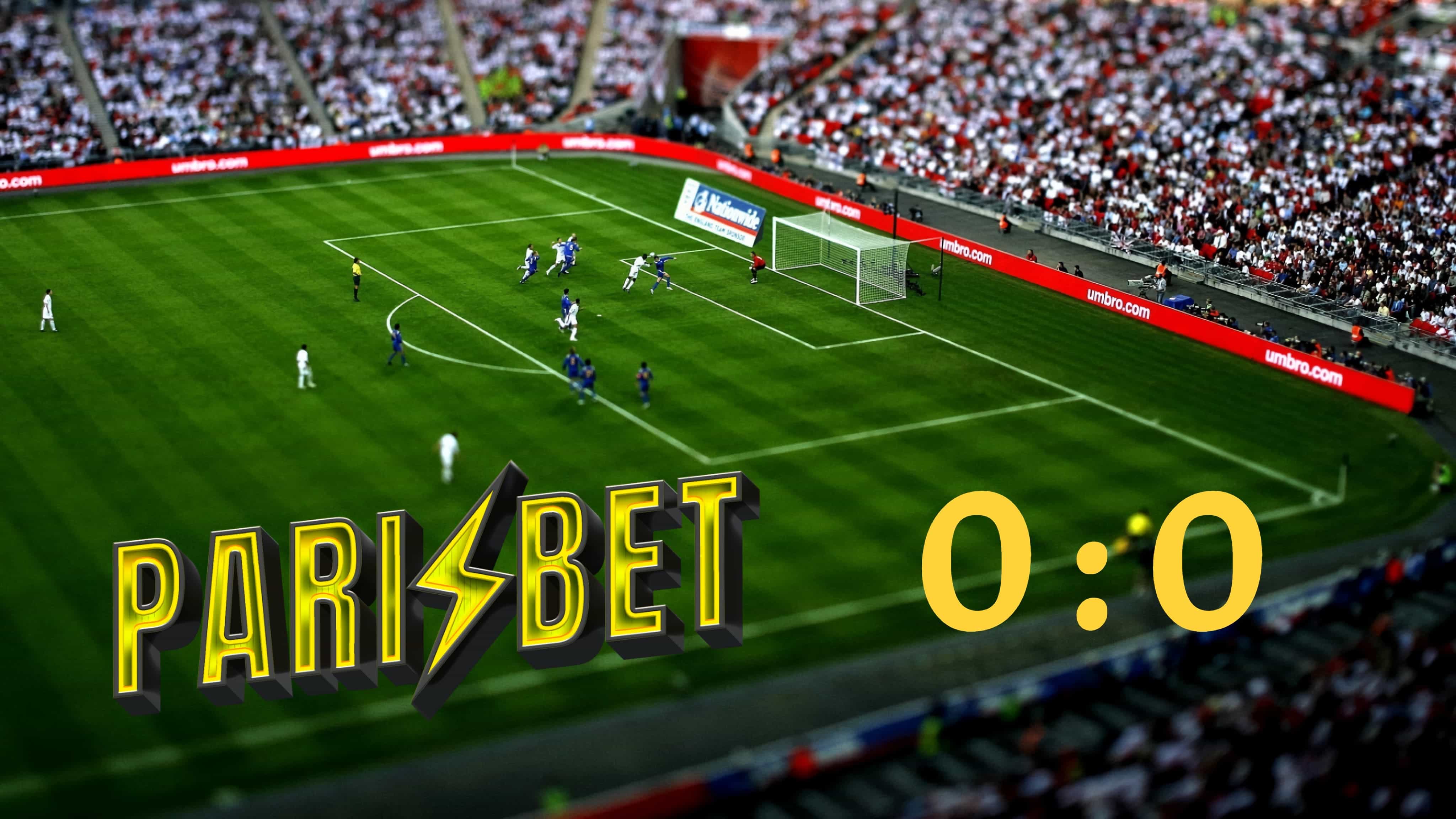The material provides interesting statistics of draw results in soccer. On its basis, developed a strategy of correct placement of bets on draws at bookmakers.

Unlike most other game sports, a draw in soccer — not a rarity. A goal in almost any match is an important event, and therefore even a score of 0:0 is quite common. But this is also a draw! Consequently, if you learn how to predict a tie correctly, you can earn good dividends on long distance betting. This article from Pari bet will help you.
Draw statistics
If we turn to the statistics of one of the most popular national soccer championships in the world — the English Premier League, we will see that in its last ten seasons about 26% of matches ended in a draw. At the same time, the distribution of such games by score was as follows:
- 1:1 — 42%;
- 0:0 — 32%;
- 2:2 — 22%;
- other draw outcomes — 4%.
More than a quarter of draw matches is a very high indicator, and therefore many experienced bettors willingly place their bets on this market, especially since in the vast majority of cases bookmakers offer good odds on such an outcome. It is obvious that most often the draw happens in duels of roughly equal teams, but the home field factor should always be taken into account.
If one of the leaders of the tournament hosts a club from the lower part of the standings, the probability of a draw, according to statistics, is no more than 14%, but if two mid-table teams play each other, it rises to 30%.
These data can be checked with the help of a mathematical indicator called Poisson distribution, which is widely used in betting. Even though this method slightly underestimates the chances of a draw in soccer, it is quite simple and clear.
Calculating the probability of a draw
If we take as an example a match in the English Premier League between two roughly equal rivals, where the expected number of goals scored statistically is approximately 2.5 (i.e. 1.25 for each team), then, applying the Poisson distribution method, we calculate that the probability for each team to leave the field without a goal is 29%. Multiplying it for both teams (0.29 x 0.29 = 0.08), we get the probability of 0-0 in this game.
In the same way, we can determine the probabilities of 1:1 (which, by the way, will be 13% — this is the most common variant of a draw), 2:2, 3:3, etc., and then, adding them together, estimate the overall chances of a draw in this game. As a result, we get a value of 27%, which, as we can see, is close to the average of the whole tournament. However, here we do not apply any correction to the Poisson distribution, although in fact it should be present.
The less each team scores on average per match, the greater the chances of a low expected total number of goals in a match between them. For example, if this indicator decreases from 2.5 to 2.2, the probability of a 0:0 outcome increases from 8% to 11%.
Thus, when predicting draw results, it is necessary to determine approximately equal teams, playing reliably in defense, but not too active in attacking actions, because in their face-to-face confrontation, the chances of a draw, and primarily goalless, significantly increase.
Predicting draws in soccer
At the same time, it is worth considering that even after learning to correctly determine the chances of a draw in soccer matches and placing bets on this market, the probability of such an outcome is most often already laid by bookmakers in the relevant odds. It is also important to realize that a single club, often playing with approximately the same level of performance, will not be able to consistently show such results in the future. This is due to a number of factors: changes in the lineup, accumulated fatigue over the course of the season, and finally, just the will of chance.
It often happens that, looking at the standings in the middle of the season, you can easily identify one or two teams that have a significantly higher number of draws than the rest. However, this does not always mean that betting on draws in their matches in the future will be a success.
For example, during the last few seasons of the English Premier League, the most frequent draws have been played by the mid-table teams — Stoke City, West Bromwich Albion and Aston Villa. On average, each of them played 16 such matches in one single season (with a total of 10 for all clubs combined). However, the following year for all three of these teams, the draw rate leveled off and only slightly exceeded the average for the tournament.
On the other hand, the leaders, Manchester City, Manchester United, Chelsea and Tottenham Hotspur, who play to win most often, averaged only 5 draws one season. But a year later, that figure was already 8, also close to the league average.
Let’s separately consider the factor when, at the end of the season, a possible draw allows both teams (sometimes even super-resulting ones) to improve their position in the standings; for some — to break away from the rivals in the fight for prizes, for others — to protect themselves from relegation, etc. It is clear that if none of the teams in the course of such a match could not achieve a decisive superiority, closer to the end of the match the chances of a draw increase many times. This fact should be taken into account when betting in «pre-match» and in «live». Many more useful soccer tips can be found here.